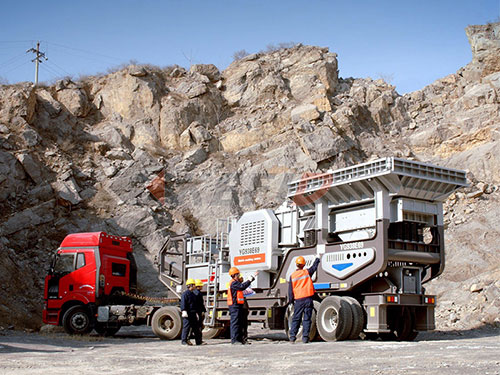The Cedar Rapids Gravel Crusher: An Enduring Legacy in Aggregate Processing
While the name “Cedar Rapids” might evoke images of Iowa geography today, within the aggregate and mining industries, it resonates as a powerful symbol of robust and reliable crushing equipment. Though production under that specific brand name has ceased (absorbed into larger corporations like Terex), Cedar Rapids gravel crushers remain iconic workhorses found on job sites worldwide, processing millions of tons of material over decades of demanding service.


Built for Toughness: Engineering Excellence
The hallmark of Cedar Rapids crushing equipment was its over-engineered durability. Designed during an era when heavy industry demanded machinery capable of sustained operation under punishing conditions:
1. Robust Construction: Heavy-duty castings, thick steel plates, and massive bearings formed the backbone of their jaw crushers (like the ubiquitous 3042, 3055 models) and impactors (such as various iterations of horizontal shaft impactors). This wasn’t just about strength; it was about longevity under constant vibration and abrasive loads.
2. Simplicity & Accessibility: Engineers prioritized designs that were relatively straightforward to maintain and repair in often remote locations. components like jaw dies or impactor aprons/hammers were designed for easier replacement.
3. Proven Performance: Cedar Rapids crushers earned their reputation by consistently delivering high production capacities needed for large-scale infrastructure projects – highways, dams, airports – where reliable gravel supply was non-negotiable.
4. The Overhead Eccentric Jaw: Their distinctive overhead eccentric design provided efficient crushing action with good nip angles for effective size reduction on hard rock like granite or limestone essential for high-quality gravel.
The Heart of Gravel Production
Gravel production demands equipment capable of taking blasted rock from quarries or river-run deposits and transforming it into precisely sized aggregates:
Primary Crushing: Large Cedar Rapids jaw crushers were often the first point of contact with raw feed material, breaking down boulders into manageable sizes.
Secondary & Tertiary Crushing: Cone crushers (also produced by Cedar Rapids) or Horizontal Shaft Impactors (HSI) would then further refine this material into specific gradations – from coarse base materials down to finer sands required for concrete mixes or asphalt production.
Versatility: While renowned for hard rock crushing essential for durable gravels (“crushed stone”), well-configured Cedar Rapids plants could also handle softer materials like sandstone or recycled concrete effectively.
Why

Leave a Reply